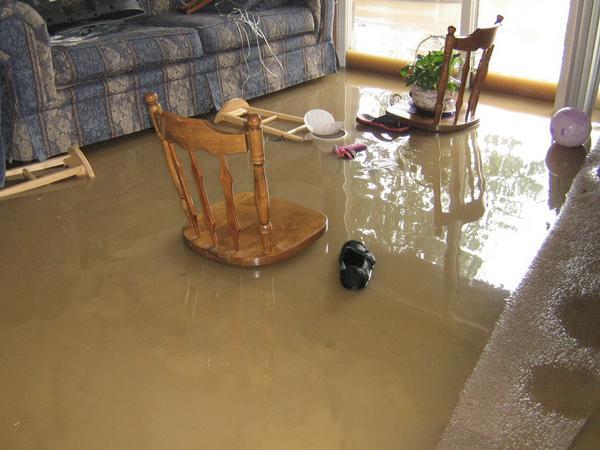The publisher is making a few good pointers on the subject of Preventing Water Damage in the Bathroom as a whole in the article following next.

The restroom is exceptionally vulnerable for damp buildup and possible water damages due to the constant use water in it. This article uses straightforward evaluation strategies to help finding water damages risks.
The regular use water in the restroom makes it very susceptible for wet buildup and prospective water damages. By inspecting it frequently, you can lower water related damages.
The complying with collection of examinations is very easy to execute and also should be done once in every three months in order to maintain your washroom healthy and to avoid prospective water problems brought on by the bathtub, the shower, pipe joints and also plumbing, sinks, cabinets, and the toilet
Do not overlook executing these examinations and be comprehensive while performing them. Bear in mind that these basic assessments can conserve you a great deal of money by supplying early indicators for water damages
Bath tub and also Shower
The shower and also bath tub call for unique focus and also upkeep. Check the floor tiles and also replace if split. See to it that there is no missing out on grout between the ceramic tiles. Examine as well as replace cracked caulking at joints where the wall surfaces fulfill the flooring or the bath tub. Blocked drains and pipes problems will prevent the bath tub from drying out as well as may suggest serious problems under the tub. Speak with a specialist immediately to prevent architectural damages. Take note of discolorations or soft areas around the bathtub wall surfaces as they may indicate an internal leakage.
Plumbing
Signs for water damages are difficult to discover because most pipelines are set up inside the walls.
Pay special focus to floor covering and also wall surfaces wetness and stains as they might indicate an invisible plumbing trouble. Inspect dampness degrees in adjoining rooms too.
Sinks and Cabinets
Sinks and also cupboards are revealed to wetness and also humidity daily and also are typically overlooked. Check on a regular basis under the sink and on the kitchen counter over it. Repair any drip in the catch as it may recommend drain problems. Browse the sink, sluggish draining pipelines might show an obstructed drain. Change sink seals if they are fractured or loose.
The Commode
The bathroom is a vulnerable water joint. Inspect the water lines and also search for leakages around the toilet seat, in the pipe, and under the water container. If you spot any indicators of wetness on the flooring around the toilet, look for leakages in the toilet rim as well as container seals.
Be aware that hanging bathroom dish deodorants boosts the possibilities for obstructions.
TIPS TO PREVENT WATER DAMAGE IN THE BATHROOM
The average household uses approximately 80-100 gallons of water per person per day. For a family of 4, that's almost 2,500 gallons of water a week! The largest portion of this consumption comes from bathroom use. Flushing the toilet uses the most water, followed by taking a shower or bath. With that much water running through the home, water damage in the bathroom is bound to happen. Knowing how to spot signs of a water leak is essential to preventing long-term damage. This guide provides you with tips to reduce the impact of water damage on your bathroom.
CAUSES OF BATHROOM WATER DAMAGE
Pipe breaks are the most common cause of water damage we see in our daily jobs. The age of a pipe plays a large role in a pipe break as well as corrosion. Over time, the metal begins to break down, allowing water to escape. Frozen pipe breaks are also a concern in the winter months. Toilet overflows caused by paper products or children flushing inappropriate items. Degraded caulking around the toilet or bathtub can allow water seepage, sometimes behind the fixture, into the subfloor or walls. Condensation forms when the water in a pipe is cooler than the air temperature. Beads of water form on the exterior of the pipes, sometimes so much so that the water begins to drip and pool below. Sink or shower backups created by poor drainage. HOW TO PREVENT WATER DAMAGE IN YOUR BATHROOM
Inspect your toilet supply line for worn or frayed hoses and replace them as needed. Winterize your plumbing to prevent a frozen pipe break. Use vent fans to prevent condensation that can lead to mold growth. Routinely check and replace degraded caulking around your toilet or bathtub. Increase the temperature in your toilet tank and insulate your pipes during the warm summer months to keep condensation from forming. Use child safety locks on the toilets. Flush only toilet paper. "Flushable" wet wipes are actually not good for your plumbing system. Additionally, feminine hygiene products should not be flushed. Prevent water from escaping the tub or shower. Make sure shower curtains are in good condition. Inspect shower doors and replace the seal strip if necessary. Wipe up any water that accumulates on the floor and use bath mats. Water left to sit can cause damage to the tiles and flooring. Refrain from using bath products containing heavy oils to avoid a clogged drain.

I am just very interested in How to Prevent Bathroom Water Damage and I hope you appreciated my blog entry. Do you know about another individual who is looking into the niche? Do not hesitate to promote it. I value reading our article about How to Repair and Prevent Bathroom Water Damage.
Visit